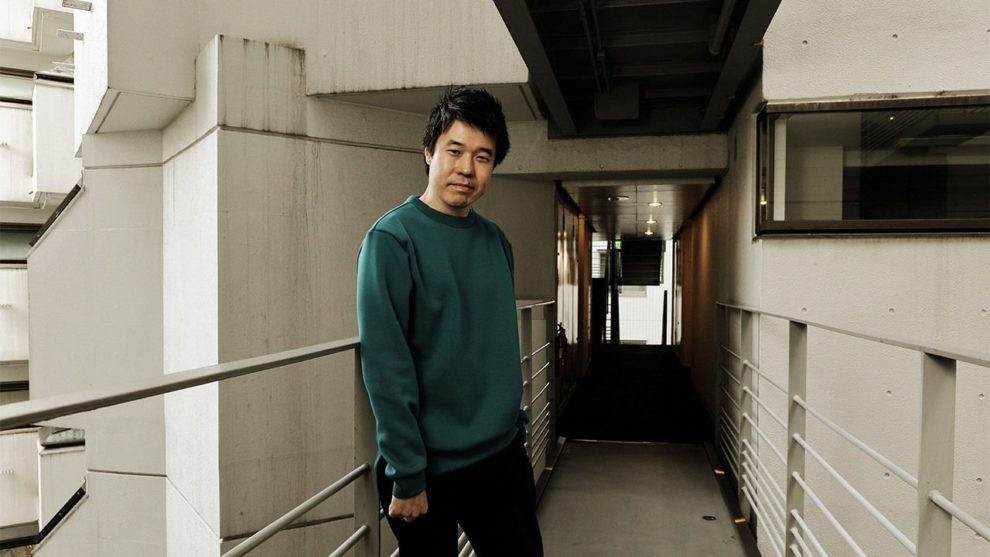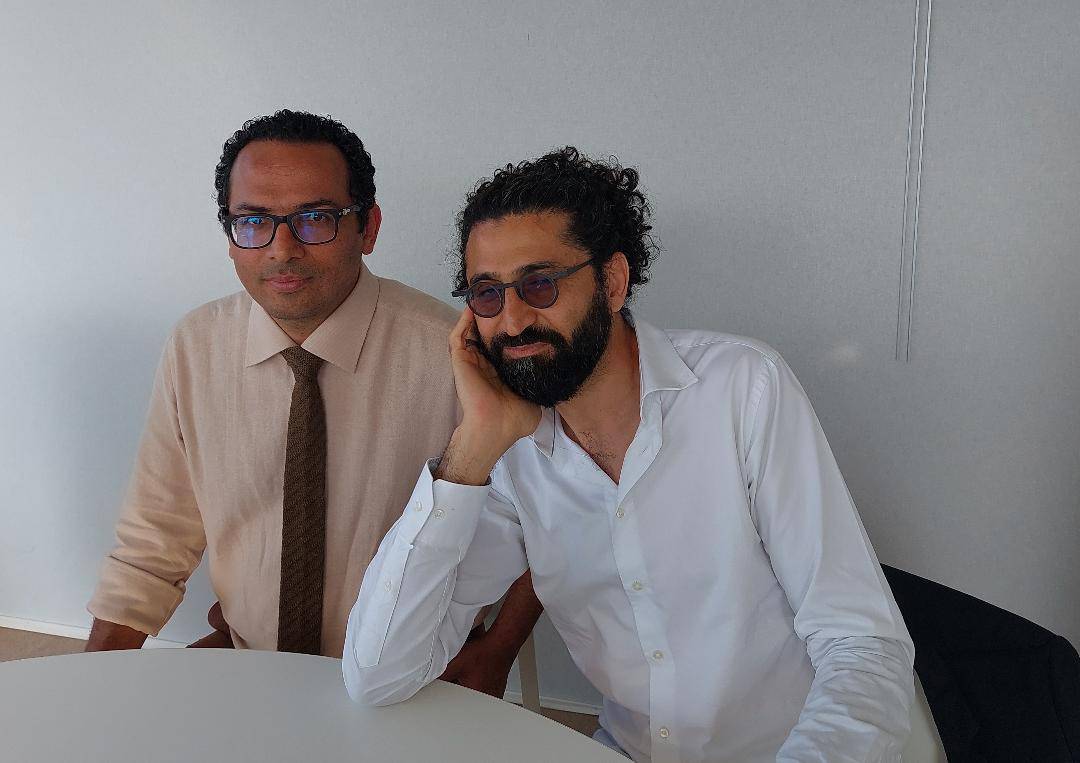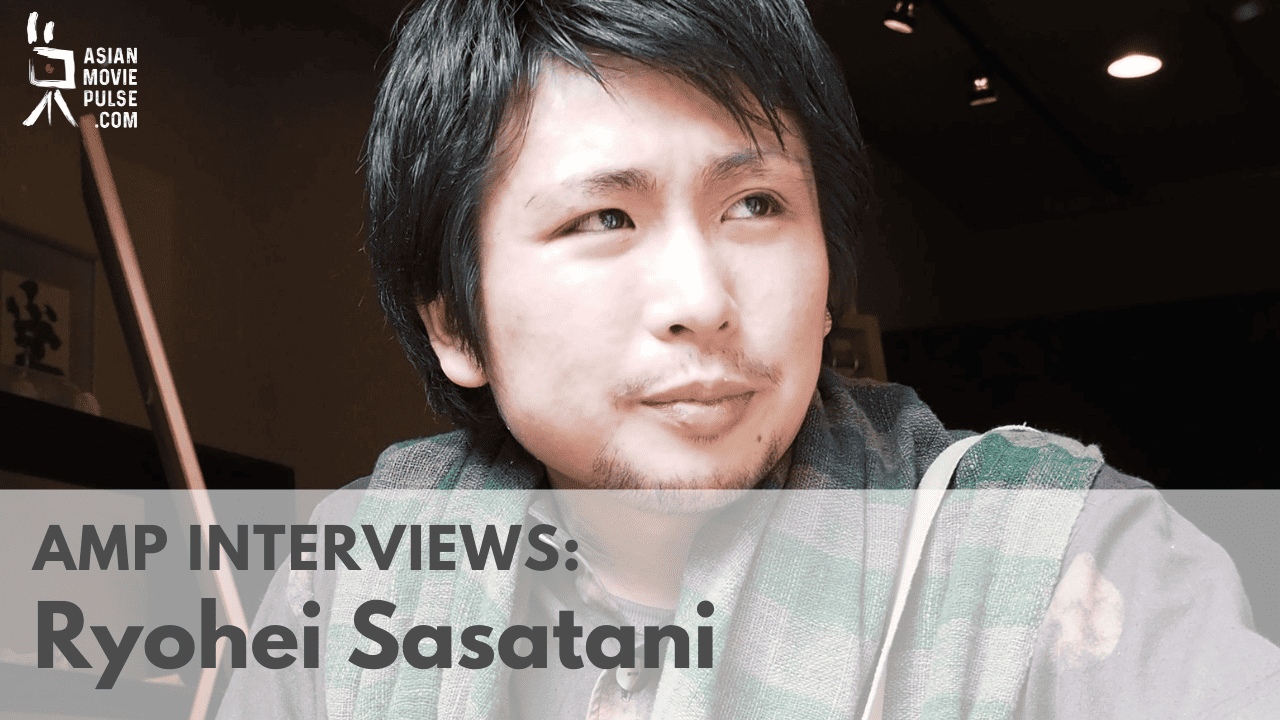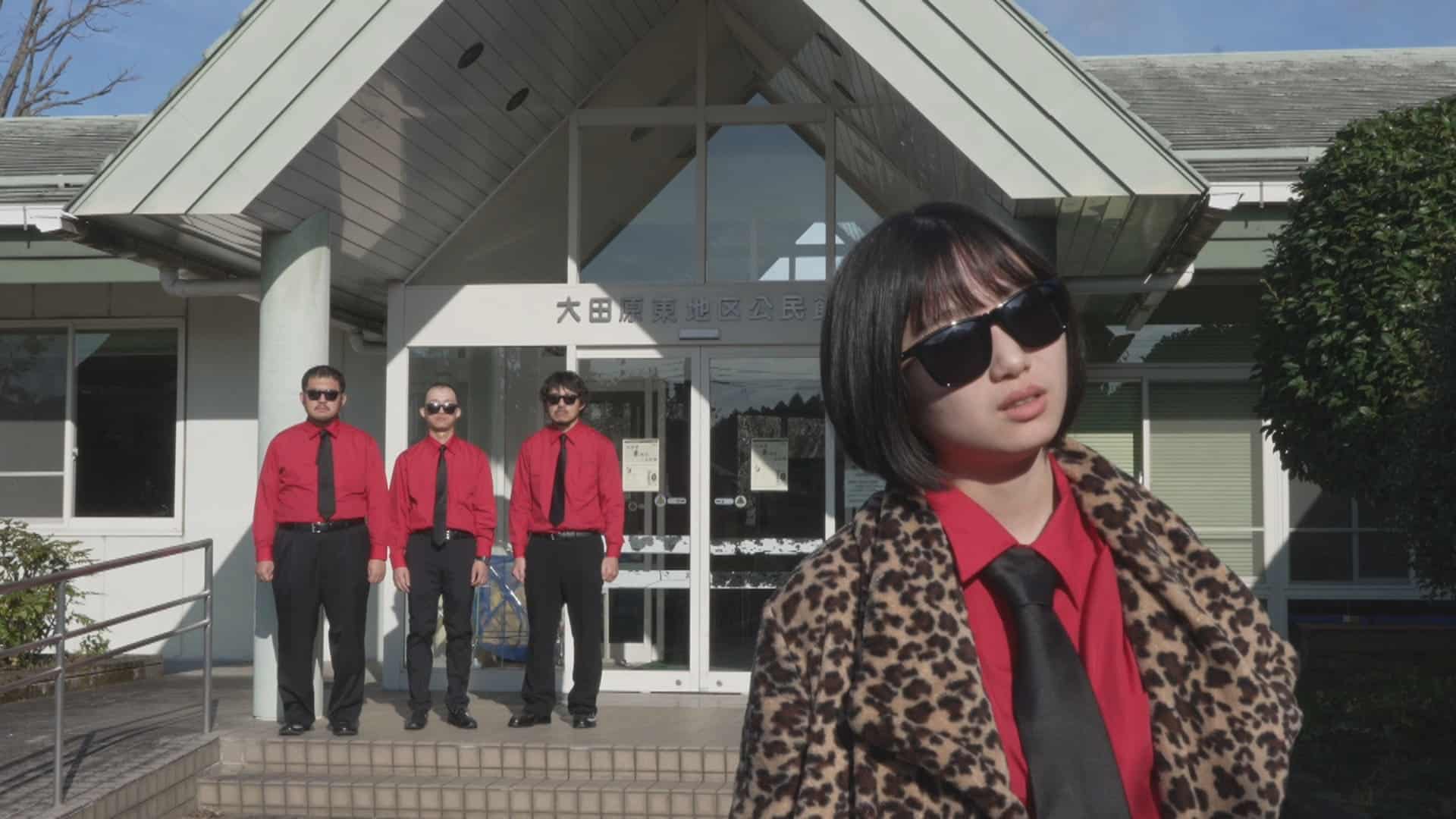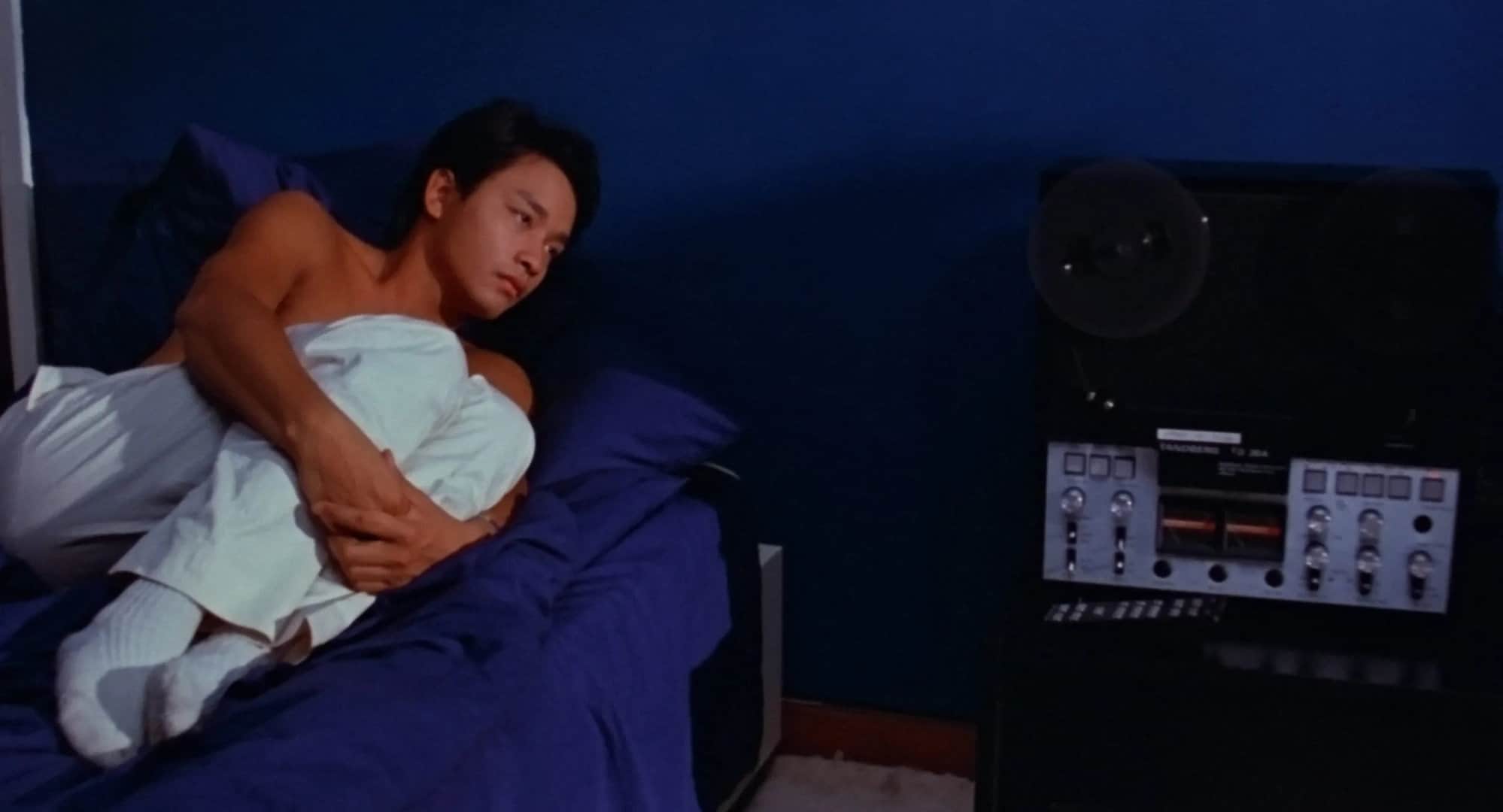Masakazu Kaneko was born in Tokyo in 1978. He entered the school of International Politics, Economics and Communication, Aoyama Gakuin University. During his time at university, he started to learn 8mm / 16mm filmmaking. After graduating from the university, he studied at the Film School of Tokyo. Then he directed six short films while working in the fields of TV commercials or films.
In 2016 Masakazu's first directed-feature “The Albino's Trees” was screened as an international premiere in the Beijing International Film Festival, China. In 2017 it was also screened in the 4th Figueira Film Art, Portugal and awarded the Best Feature, Best Direction, Best Picture. In the wake of winning a triple award, “The Albino's Trees” was nominated for screenings in more than 20 international film festivals in 14 countries and achieved 20 awards worldwide, nine of which were Best Feature. “Ring Wandering” is his second feature film.
On the occasion of “Ring Wandering” screening at Fantasia International Film Festival, we speak with him about the Japanese wolves and the dead of the Tokyo Bombings in 1945, the time travel aspect, manga and Japanese youths, the casting, and many other topics
“Ring Wandering” is screening on Fantasia International Film Festival

Where did the inspiration for the story of the film came from? What made you interested in the Japanese wolves and the dead of the Tokyo Bombings in 1945?
Around 2017, when I began to think about the idea for this film, the landscape of Tokyo, the capital of Japan, was changing daily as development progressed in preparation for the Tokyo 2020 Olympic Games. As someone born and raised in Tokyo, I felt uncomfortable about the idea that the people who died in the air raid 77 years ago are still buried under this land, but as if their existence has been completely forgotten, old buildings are being torn down and they are being covered with new asphalt. This feeling led me to write this story, because I strongly wanted to depict the memories and thoughts of those who lived in the past that are buried under the ground of Tokyo, which we trample on every day.
In addition, I have always used Japanese animals as a motif in my films, and this time I wanted to depict the Japanese wolf, which has already become extinct in Japan, as a symbol of those lost memories and lives.
Why did you choose to make the protagonist a manga artist? Do you perceive him as some kind of “lone wolf” himself?
As a child, I always wanted to be a painter, illustrator, cartoonist, or some other kind of artist. My paintbrush has since been replaced by a camera, and now I am a film director. For me, making a film is an act of expression just like painting. The main character in this film is a projection of myself. The reason why I chose an aspiring manga artist as the main character is because I thought it would be natural for both Japanese and people overseas to accept the idea that “manga artist” is the professional goal for a person who wants to draw pictures in modern Japan.
The main character in this film is a lone wolf and at the same time, for the purposes of the movie, he needed to be an ordinary young man who could be found anywhere in modern Japan and knew nothing about the memories of past wars. If he were an Ukiyoe artist, for example, he would be a very unusual young man in Japan and would know a lot about memories of the past. In a positive sense, the film needed the lightness of a manga artist. I also wanted to create an overlapping image of the main character and the wolf from the beginning, so I cast Show Kasamatsu, who exudes an “inner wildness,” the main role.

Why did you choose to include a time travel aspect?
Generally speaking, time travel in movies and novels mostly involves moving from the present to the distant past by using a large scale device, but I wanted to try something different with this film. I believe that time is not like a timeline in a history textbook, in which the past, present, and future are arranged side by side, but rather like layers of the geological strata, with the past under the present and the future above the past. For example, in Tokyo, the past time is under the present layer of Tokyo, and in Montreal, the past time is under the present layer of Montreal. Therefore, in this film, the main character suddenly strays across the layers into the past, and then comes back to the present. The people who lived in the past may exist in the same place, just in a different layer from the time we live in now. This seems to be consistent with the perception of the world held by the natives of many lands around the world, including Native Americans.
We tend to focus only on what we can see in our present lives, but we should also value what was there even if we cannot see it. I wanted to visualize this idea, and I wanted to create a story that straddles time.
The cinematography between the arc in the present and the one in the past, in the snow mountains is very different. Can you elaborate on this and also on your overall cooperation with DP Koichi Furuya?
The main part of the film, in which the main character Sosuke wanders from the present to the past, was shot by Koichi Furuya using an Arri Amira. On the other hand, the manga part, in which Ginzo, the main character in the manga, plays an active role, was shot by myself using a Fuji Film mirrorless camera. It was necessary to intentionally change the look of the images so as not to confuse the three intersecting dimensions of the story: the present, the past, and the manga.
I have the reputation of being good at shooting in that snowy mountainous wilderness with a high degree of mobility. I am also a director and cameraman, so I was confident in that. On the other hand, the main part of the film, where it was necessary to capture the warm human drama, was made even more appealing through Furuya's steady camerawork, which I believe brought out the charm of the actors.
How was the procedure of editing your own film?
I always edit my own films, so there was nothing new for me in that regard. However, in order to create my own sense of rhythm, after the entire film was initially edited, I went over it over and over again, gradually reducing its length.
In Japan, editing is not usually changed after picture locking, but in this case, even after picture locking, sound effects and music were added, further detailed editing was done frame by frame while grading proceeded. We were able to do this work because we had a post-production team that was flexible and responsive to our needs.
What was the casting process like? How was your cooperation with Show Kasamatsu and Junko Abe?
Casting was done in two ways: the casting director gave me a list, and I myself made offers directly to the actors and actresses I thought would be good. As a result, we were able to assemble all of the cast members I wanted to be involved in creating this film.
The character played by Show Kasamatsu, as I mentioned earlier, had to have the wildness and sharpness of a wolf, but at the same time, he also had to have a side that was typical of ordinary Japanese youth today. I spent several months looking through the materials of many actors in their 20s, the movies they appeared in, and their stage performances to find someone suitable for the main character, Sousuke, but to be honest, it was quite difficult. It was hard to find someone with “wildness and sharpness.” One day, however, I happened to see the trailer for Kasamatsu's first film, “Higanbana in the Rain” on YouTube, and the power of his eyes convinced me that this was the man for the role.
I had seen Junko Abe in “The Blood of Wolves” and “The Man from the Sea” in the past and thought she was a wonderful actress who showed a completely different face in each film. When we were considering who should play the dual roles of Midori and Kozue, the casting director and I suggested Junko Abe at the same time. She did an excellent job of playing both the admirableness of Midori, who lived 77 years ago, and the mysteriousness of Kozue in the manga.
What is your opinion of the Japanese movie industry at the moment?
The Japanese film industry is in a very difficult situation due to the intense polarization between commercial films by major film companies and low-budget films by indie directors. “Ring Wandering” is a low-budget film. With a budget less than one-tenth of a major production company's production, we did everything we could to make a movie that would be as good as the major ones.
However, in Japan, it is almost impossible to get a major budget for an original project like this film, so we had a very difficult time. It is very difficult to continue to make films that are both artistic and entertaining with only domestic funding in Japan. I believe that the only way forward is to make films through international co-production.
Are you working on any new projects?
I started development of a project called The Water Sprite (tentative title) in the summer of 2020, when post-production of “Ring Wandering” was almost finished. Set in the deep mountains of Japan during the Meiji Era (1886), where mining development is underway, this is a fantasy about a Japanese painter who travels in search of the best natural pigment to paint a picture of an immensely beautiful woman, and who meets a beautiful non-human being = The Water Sprite.


